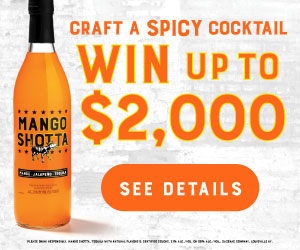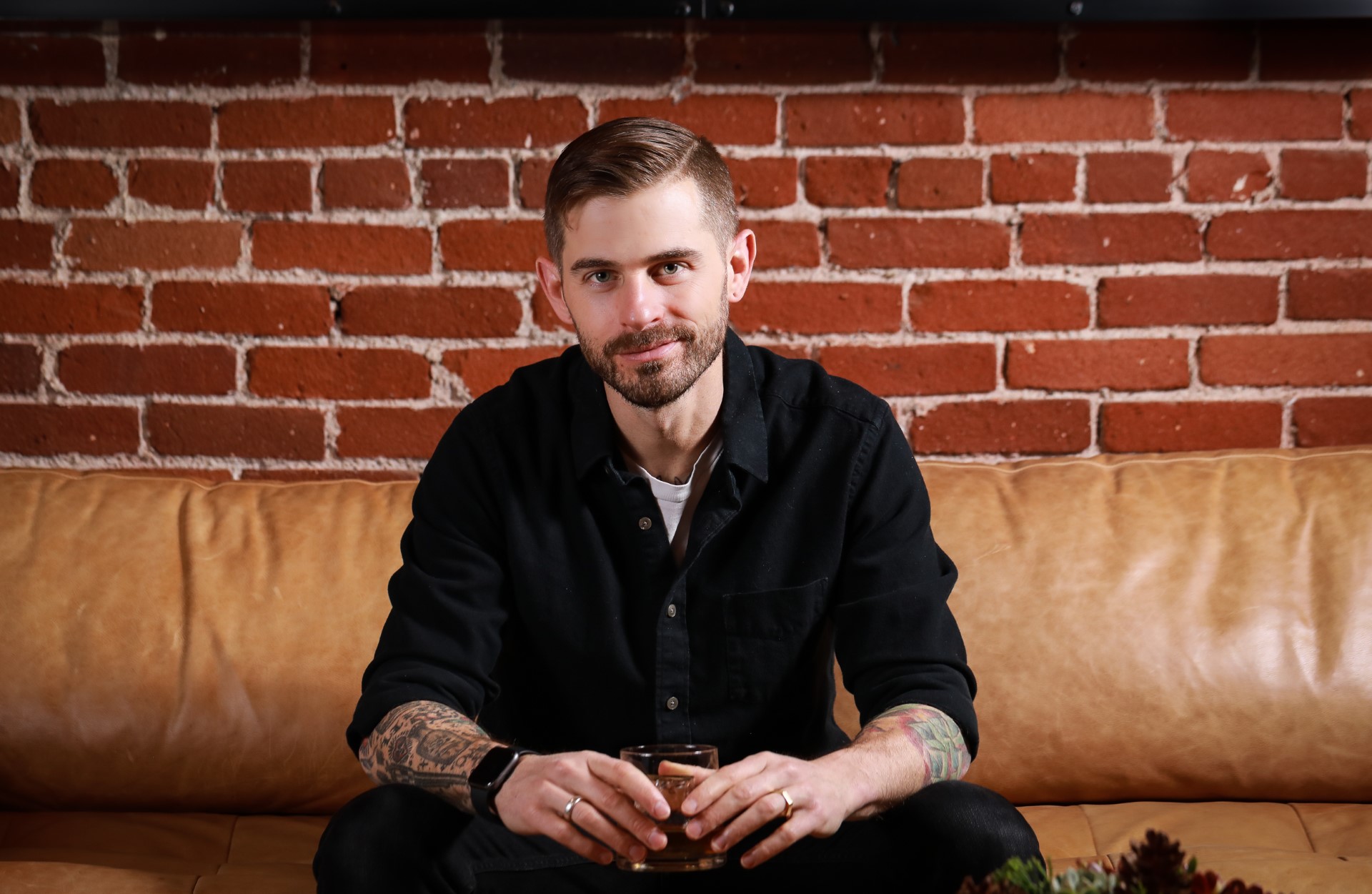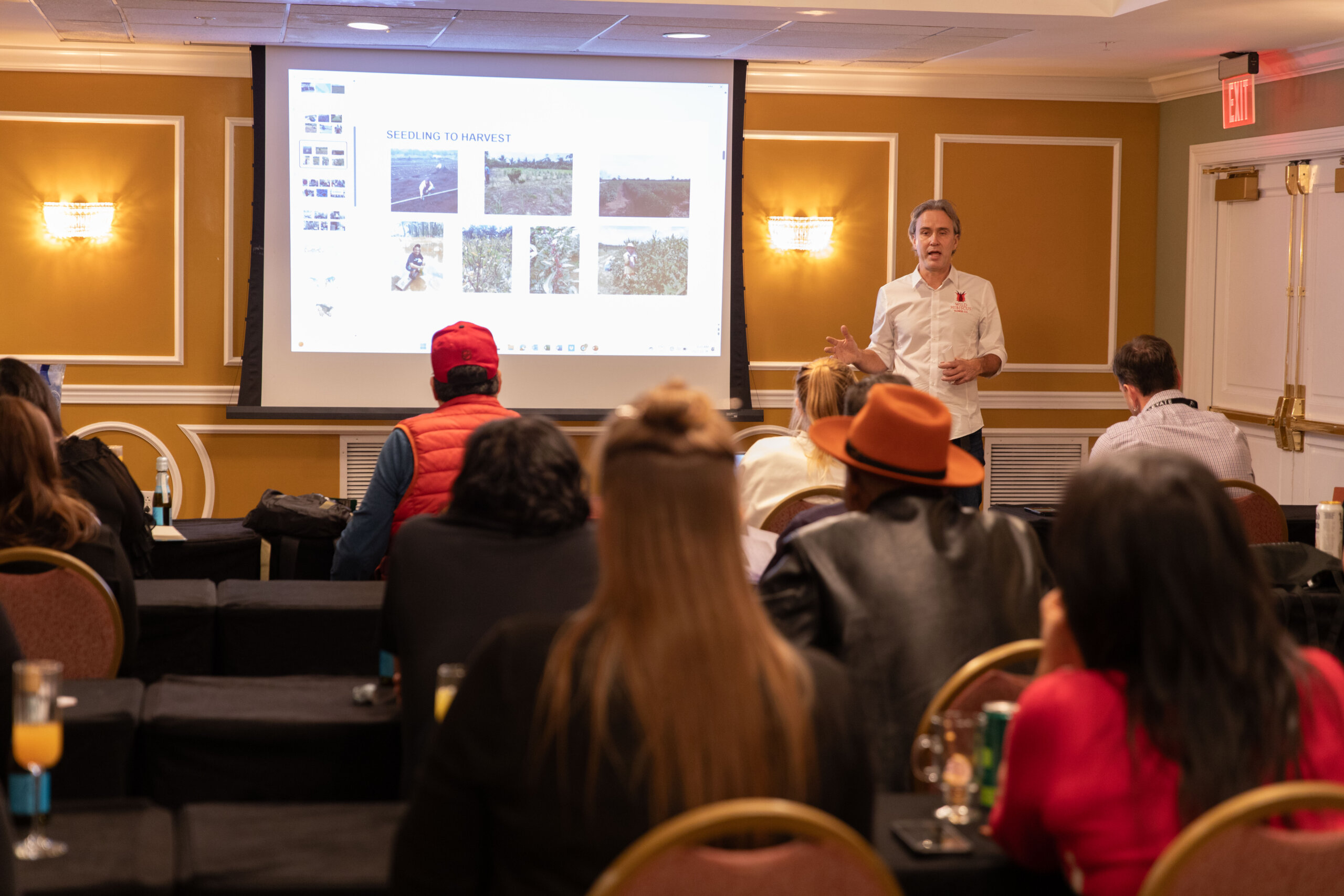Ask a Bartender: The Future of Cocktail Culture
By Amanda Gabriele
The quality of cocktails available the world over is reaching an all-time high.
Bars truly care about the ingredients and processes that go into making their drinks, and there are more quality low- and no-ABV options than ever before. This past decade of cocktailing came to a head this year, when The World’s 50 Best Bars celebrated 10 years of excellence in New York City. As the beverage industry celebrated the past, it also looked to what lies ahead. To further the discussion, we caught up with Ryan Chetiyawardana, aka Mr Lyan, and Declan McGurk, director of bars at The Savoy London, to discuss the future of cocktail culture and where the industry is headed next.
Low and no-ABV drinks have become quite popular in recent years. Do you think the uptick in consumption of these lower-proof drinks will continue, or will the pendulum swing in the other direction?
Ryan Chetiyawardana: It’s really interesting to see that this has picked up around the world, and I think it’s a very universal trend. And with that, I see it as a permanent shift in how people are drinking. But I don’t think this will continue to the point of the death of alcohol—quite the opposite. But what I’m seeing—and what I think will continue to grow—is a movement to better balance. That means people will continue to drink, but it will be with more consideration. So authentic, quality products will prosper, and well-thought-out, no- and low-ABV options will be become part of the mix. On a whole, people are moving toward more honest options that don’t sacrifice the things we value, like provenance, impact on the planet, a human touch, and of course, deliciousness.

Ryan Chetiyawardana
Declan McGurk: No-ABV drinks will continue to grow from strength to strength, particularly with the emergence of so many cocktail-styled products coming onto the market, allowing for excellent diversity of flavor. Low ABV makes perfect sense also, and I do see this growing. The challenge is the definition, and I think there needs to be some guidelines on ABV and the use of the term. If not, it could be a slippery slope, as products such as vermouth and sherry are lower than spirits. The end ABV is still the most important thing.
It seems we’ve hit peak craft, where everyone is making homemade syrups, tinctures, bitters, and shrubs. What do you think is next for the DIY movement behind the bar?
RC: I’m hoping we see a movement toward purposeful innovation, rather than simply the gimmick of having “housemade” everything. But there are some things that work closer to point of origin, so I think we will see people growing more of their own, or doing more authentic (and balanced!) fermentations. House sour milks, kombucha, and kefir are often far superior to store-bought versions (disclaimer, not a rule) and give an amazing new tool to bartenders and home cooks alike.
DM: I really feel classics and their compositions [will] become a talking point again. I can see via social media a number of bar personalities who previously were focused on innovation returning to the classics. The important thing for the DIY movement is that the motivation is to the benefit of the drink, and not just for the sake of using it. At the American Bar, we have just released a new menu where the majority of the drinks have homemade ingredients. There are a healthy amount of drinks that don’t have these. This balance I really enjoy seeing. On day one of the menu launch, we told the team to couple promoting our menu with relaxing the guests—if they want to order a classic, we are proud to also make these. We don’t want to force the concept; it’s more that this is our storytelling.

Declan McGurk
What’s next for cocktail bars? Do you think a specific type of space will trend in the coming years?
RC: I think we’ll see a movement away from themed venues, and a wider range of venues that blur the worlds which cocktails (should) blur into, like coffee, food, music, etc. So I think we’ll see better balanced spaces that work toward different occasions and a more balanced sense of hospitality. With this, I think the level of design will rise, and it’ll start to reflect what we see in places like Berlin, Copenhagen, and Sydney, where there are bars with serious design investment in collaboration with the bar teams.
DM: Our industry is very focused on drinks and drink themes. A frequent oversight is atmosphere, and I can see through my crystal ball that this will get more important with time. If you can’t describe your atmosphere concept when opening a venue, I would recommend the bar simply isn’t ready to open. I am a big lover of country music, but I think I am on the wrong side of the Atlantic to see that grow anytime soon in a bar experience.










